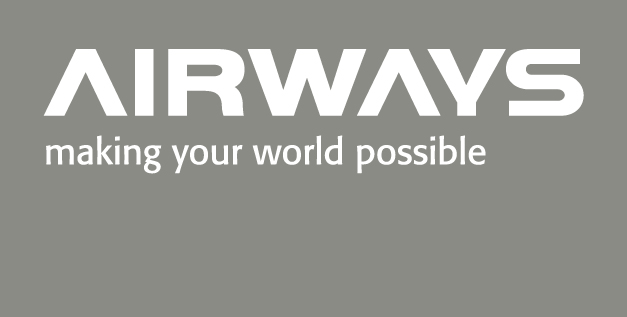Award-winning flight procedures make Queenstown after-dark flights possible

When after-dark flights commence into Queenstown, they will have been made possible by world-leading advanced navigation procedures introduced by air navigation services provider Airways New Zealand.
New Zealand’s Civil Aviation Authority and Australia’s Civil Aviation Safety Authority have today approved the foundation safety case for after-dark flights into New Zealand’s premier tourist resort, Queenstown. Flights into the town are currently limited to daylight hours – this decision means Queenstown Airport can now start to assess demand for year-round evening services.
The new flight procedures introduced by Airways are part of a global award-winning redesign of Queenstown airspace, completed in November 2012. The redesign was based on new Required Navigation Performance Authorisation Required (RNP AR) approach and departure procedures – allowing jet aircraft to fly very precise paths in a range of weather conditions which has improved airspace capacity and operational efficiency at Queenstown Airport.
Airways General Manager System Operator Pauline Lamb says Airways’ vast expertise and technical excellence in the field of Performance Based Navigation (PBN) is a key enabler for introducing after-dark flights into Queenstown.
“Airways’ Southern PBN project, in which RNP AR procedures were introduced, is meeting the challenge of delivering a much safer and far more efficient air traffic management system in the extreme terrain surrounding Queenstown,” Mrs Lamb says.
“In Queenstown we now have one of the most sophisticated air navigation control systems in the world. It’s reaping rewards for travellers with a reduction in delays and diversions, and pilots and air traffic controllers are enjoying the less complex airspace environment,” she adds.
Airways controllers in Queenstown Tower can now manage more than double the air traffic – up to 12 aircraft per hour compared to the previous five per hour – with no requirement to tactically separate arrivals from departures. The Southern PBN project utilises satellite GPS technology rather than traditional ground-based radar, to maximise the use of airspace.
Mrs Lamb says Airways chose Queenstown as the first airport in its nationwide deployment of PBN because of increasing air traffic levels, the importance of Queenstown tourism to New Zealand’s economy, and the notorious difficulty of the surrounding airspace and weather conditions. Airways aims to complete a nationwide rollout of PBN procedures by the end of 2015.
Airways won an international award for the Southern PBN project in February 2013 – taking out the prestigious Jane’s ATC Award for Operational Efficiency ahead of 70 entries from aviation companies around the world.
Queenstown Airport Corporation Chief Executive Scott Paterson says evening flights realistically won’t be introduced before winter 2016 – however the airport company now has a clear roadmap of the technology, infrastructure and operational steps required to enable it to happen.




.jpg)
.png)



Comments
There are no comments yet for this item
Join the discussion